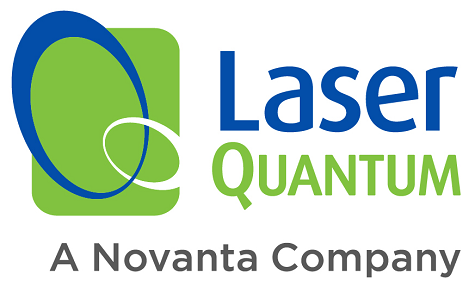Dec 11 2020
Raman spectroscopy is a non-destructive analytical method that generates complex information about the phase, chemical structure and crystallinity of sample matter. A range of molecular interactions based on the scattering of incident light can also be investigated using this technique.
Due to their practical monochromaticity and high intensity, lasers have proven to be particularly valuable light sources for Raman scattering.
Not all Raman spectroscopy lasers are created equally. This article describes the parameters that should be considered when choosing a laser for Raman spectroscopy.

Image Credit: Laser Quantum Ltd
Considering Excitation Wavelength
Molecules normally scatter the majority of incoming laser light at a wavelength that is equal to that of the source. This is called Rayleigh scattering.
Raman scattering is where a significantly smaller segment of the beam, as small as 0.0000001%, is scattered at a different wavelength. It is this relatively weak phenomenon that provides details about the chemical structure of the analyte.
Raman Intensity
The excitation wavelength directly determines the intensity of the Raman scattering. In general, a comparatively weak scattering signal is generated by Raman spectroscopy lasers with longer wavelengths in the near infrared (NIR) region.
In comparison, stronger signals are normally emitted by short excitation wavelengths. For instance, an ultraviolet (UV) excitation channel can produce a Raman intensity that is several orders of magnitude higher compared to a NIR laser.
Excitation wavelength-dependent Raman scattering means that NIR Raman spectroscopy lasers normally need greater accumulation numbers and extended acquisition times. For lasers with sub-visible and visible excitation channels, each of these values decrease at an exponential rate.
Fluorescence that is much stronger than the Raman effect can often be emitted by molecules excited by laser light on the UV-visible spectrum. This is called fluorescence background which is a major drawback for Raman spectroscopy laser sources.
Fluorescence Background
Background fluorescence is undesirable noise that can originate from a range of sources, such as the substrate, the optical elements, and the excited sample. Weaker signals are essentially drowned out by fluorescence which makes it challenging to collect clear Raman spectra, especially during lengthier acquisition scans where the detector can be saturated with background fluorescence.
Fluorescence is an innate process that occurs through absorption. Compared to the ultraviolet regions, fewer molecules absorb in the visible region, which is the same for near-infrared compared to visible light.
Raman spectroscopy lasers with longer wavelengths are considered to be more effective for samples prone to a high fluorescence background. There is normally a compromise with this because the trade-off in Raman intensity is significant.
Raman Spectroscopy - the benefits
Video Credit: Laser Quantum Ltd
Typical Excitation Wavelengths
There are advantages and drawbacks to selecting either long or short-wave excitation signals which are normally determined by the sample type. Sample materials can be damaged by high energy lasers, but longer exposure times are required by lower energy light sources which can be equally damaging.
The lasers that are most commonly employed to gather complex Raman spectra without harming samples are 785 nm and 532 nm light sources.
Raman Spectroscopy Light Sources from Laser Quantum
Laser Quantum supply a range of lasers that are ideal for Raman spectroscopy light sources. The ventus, gem & torus 532 are ideally suited to high power Raman spectroscopy. The torus is the choice for a single longitudinal mode laser with no sidebands and active mode-locking. Laser Quantum lasers offer wavelength stability with short linewidths and active mode-locking; providing high-resolution Raman with consistent results over long-time periods

This information has been sourced, reviewed and adapted from materials provided by Laser Quantum Ltd.
For more information on this source, please visit Laser Quantum Ltd.